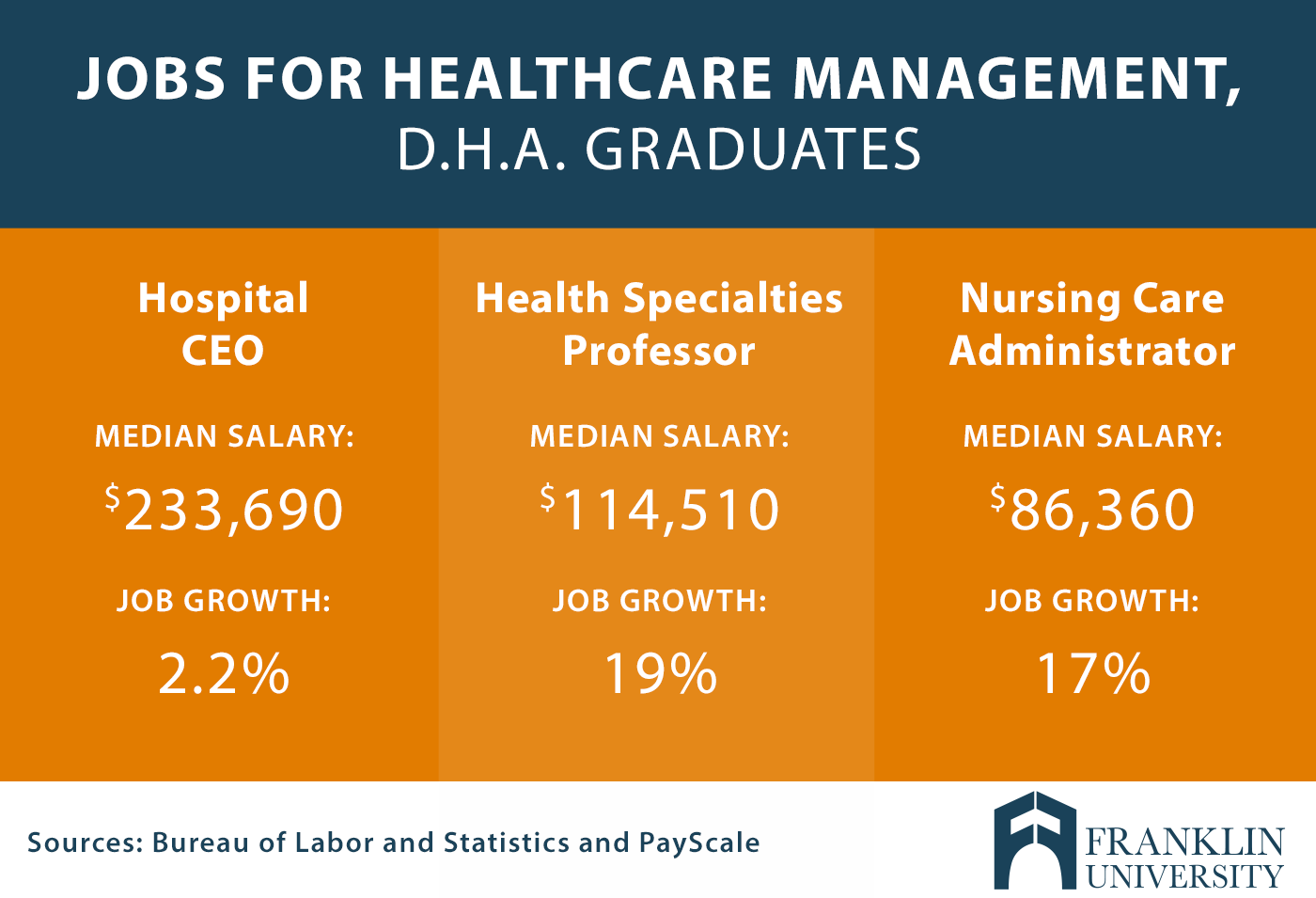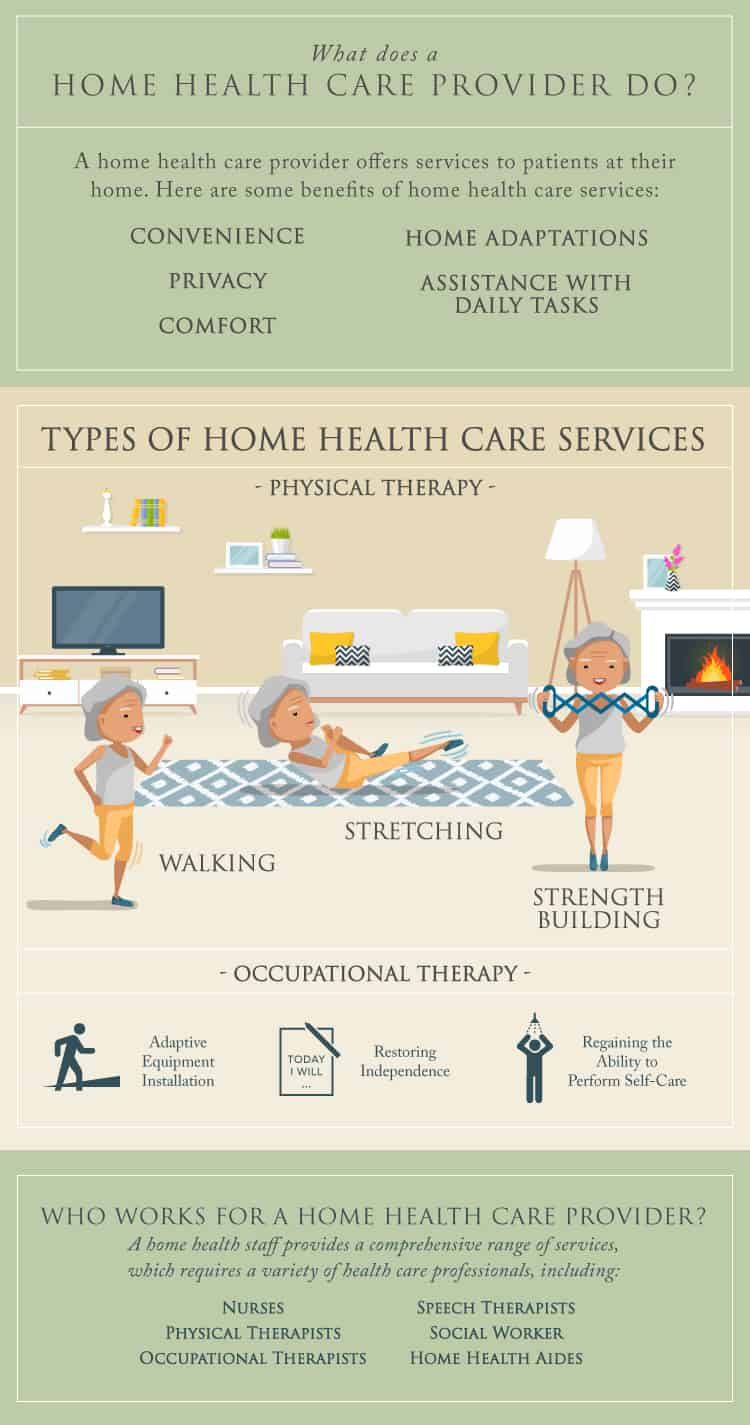Professionals are paid mainly on a fee-for-service basis, although there is variation across provinces. For example, in Quebec, alternative payment structures comprised about 15 percent of overall payments to professionals in 20162017, as compared to 22 percent in British Columbia and 33 percent in Saskatchewan. Clients can choose to go directly to a professional, but it is more typical for GPs to refer patients to specialized care.
Most of doctors and experts bill P/T federal governments directly, although some are paid an income by a medical facility or center. Patients may be needed to pay out-of-pocket for services that are not covered by public insurance coverage strategies. After-hours care is often supplied in physician-led walk-in centers and medical facility emergency situation spaces.
Historically, GPs have actually not been required to provide after-hours care, although newer group-practice plans specify requirements or monetary rewards for supplying after-hours care to registered clients. 21 In 2015, 48 percent of GPs in Canada (67% in Ontario) Rehab Center reported having plans for clients to see a medical professional or nurse after hours.
Not known Facts About A Health Care Professional Is Caring For A Patient Who Is Taking Zolpidem
They are often managed by entrusted health authorities or healthcare facility boards representing the community. In the majority of provinces and areas, lots of medical facilities are openly owned,24 whereas in Ontario they are primarily private not-for-profit corporations. 25 There are no specific information on the variety of private for-profit centers (mostly diagnostic and surgical).
26 Hospitals in Canada normally run under yearly international spending plans, worked out with the provincial ministry of health or entrusted health authority. However, a number of provinces, consisting of Ontario, Alberta, and British Columbia, have thought about presenting activity-based funding for healthcare facilities, paying a fixed amount for some services offered to patients. 27 Hospital-based physicians usually are not medical facility staff members and are paid fee-for-service straight by the provincial ministries of health.
Hospital-based mental healthcare is provided in specialty psychiatric healthcare facilities and in basic healthcare facilities with mental health beds. The P/T governments all supply a series of neighborhood mental health and dependency services, including case management, aid for households and caregivers, community-based crisis services, and encouraging real estate. 28 Private psychologists are paid out-of-pocket or through personal insurance.
5 Simple Techniques For What Is A Health Care Delivery System

Mental health has not been officially incorporated into primary care. Nevertheless, some companies and provinces have actually introduced efforts to coordinate or collocate mental health services with main care. For example, in Ontario, an intersectoral mental health technique has actually been in location because 2011 and was broadened in 2014 to better integrate psychological health and main care.
All P/T governments fund such services through general tax, but protection differs throughout jurisdictions. All provinces offer some property care and some combination of case management and nursing take care of house care customers, Alcohol Rehab Center however there is considerable variation when it pertains to other services, including medical equipment, supplies, and home assistance.
Eligibility for home and residential long-lasting care services is normally identified by means of a requirements evaluation based on health status and functional disability. Some jurisdictions also consist of means-testing. About half of P/T federal governments provide some home care without means-testing, however access might depend both on evaluated concern and on the schedule of services within capped spending plans.
The Facts About Why Was It Important For The Institute Of Medicine (Iom) To Develop Its Six Aims For Health Care? Revealed
In addition, monetary supplements based upon ability to pay can help support room-and-board costs. Some provinces have developed minimum residency periods as an eligibility condition for center admission. Investing in nonhospital organizations, many of which are residential long-lasting care facilities, was estimated to account for just over 11 percent of total health expenses in 2017, with financing mainly from public sources (70%).
Public financing of house care is provided either through P/T federal government agreements with firms that deliver services or through government stipends to patients to acquire their own services. For instance, British Columbia's Support for Independent Living program allows clients to acquire their own home-support services. 32 Provinces and areas are accountable for delivering palliative and end-of-life care in healthcare facilities (covered under Canadian Medicare), where most of such costs happen.
In June 2016, the federal government presented legislation that modified the criminal code to enable eligible adults to demand medical help in dying from a doctor or nurse professional. Because that time, P/T federal governments and medical associations have actually established procedures and regulative structures to enable medical help in craving individuals dealing with terminal or irreversible health problems.

Some Known Factual Statements About What Does Cms Stand For In Health Care
33 Assistance for casual caregivers (approximated to provide 66% to 84% of care to the senior) differs by province and area. 34 For example, Nova Scotia's Caregiver Benefit Program provides qualified caregivers and care receivers CAD 400 (USD 317) per month. 35 There are likewise some federal programs, including the Canada Caregiver Credit and the Employment Insurance Coverage Compassionate Care Advantage.
Coverage for prescription drugs has actually ended up being a controversial issue in Canadian healthcare debates. (I Viewfinder/ Shutterstock) Subscribe now for just $2 a month! Subscribe now for just $2 a month! Subscribe now for as little as $2 a month! The Country is reader supported: Chip in $10 or more to help us continue to discuss the issues that matter. how many countries have universal health care.
Did you understand you can support The Country by consuming white wine? Rowan Burdge http://keeganxjuq847.simplesite.com/448826642 was identified with type 1 diabetes just over a decade earlier, when she was 21 years old. Because then, she approximates that she's invested over $100,000 on prescriptions, co-pay, deductibles, and premiums to handle a complex, persistent illness.
Some Known Incorrect Statements About Avedis Donabedian Defined Health Care Quality As Having Which Of The Following Components?
But Burdge does not reside in the United States. She resides in Canada. And while two of the 5 insurance prepares she's registered in are publicBritish Columbia's medicare program and the province's supplemental drug planthe financial hoops she has actually needed to leap through just to "survive," as she puts it, would be right in the house in a story about a nation without single-payer health care.
That does not erase the reality that the Canadian system still falls brief: Canada is the only country in the world that has a national, universal medical insurance program, but no equivalent drug strategy, otherwise understood as pharmacare. Canada's approach to drug protection looks less like a unified system than a patchwork, with over 100 different government-run drug plans and 100,000 personal strategies throughout the country.
One in 5 people residing in Canada have either insufficient protection for their health requires, or no protection at all. Families with coverage still pay an average of CAD 1,000 annually (about $755) in out-of-pocket costs, consisting of premiums and prescription co-pays, and distinctions throughout the various public drug plans run by each Canadian province and territory imply that the cost someone pays for a drug in one location might be a lot more than they 'd pay in another.
Some Known Questions About What Is Primary Health Care.
However the bills build up quick for somebody with a chronic condition; Burdge approximates that she invests in between CAD 800 and 1,200 (about $600 to $900) on health requires on a monthly basis. A report from the Canadian Federation of Nurses Unions discovered that monetary barriers to prescription medicine cause hundreds of premature deaths each year in individuals aged 55 to 64, to say nothing of other age groups.